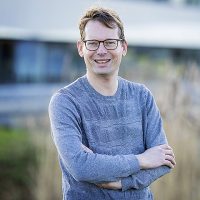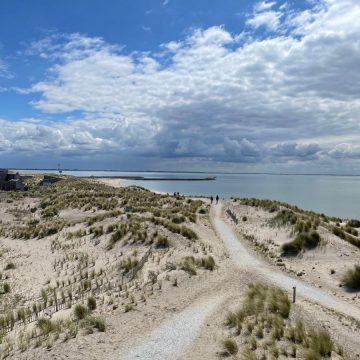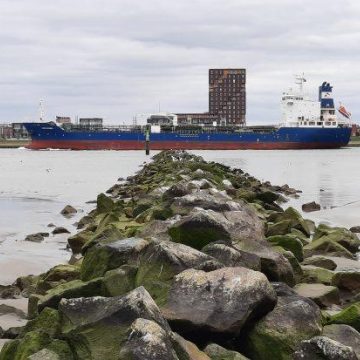A fully circular economy requires the efficient use of essential resources
The Netherlands aims to be a fully circular economy by 2050. SDG 12 focuses on responsible consumption and production. But how can you achieve that for major challenges, when replacing infrastructure, housing construction, coastal management, drought and the energy transition demand more and more resources? And when resources such as sand and fresh water are becoming increasingly scarce? Our knowledge of water, soil, chemistry, and ecology can help.

Studying responsible extraction and efficient use
With our knowledge of soil, water and ecology, we contribute to these goals by studying the responsible extraction of sand, the efficient use of sand in coastal management, and finding alternative materials for sand for building and hydraulic engineering.
The first step on the road to sustainability is to increase efficiency, and that also applies to sand extraction.
Tommer Vermaas, expert in applied geology
Sand shortages in the future
As far as the sand we extract from the sea is concerned, for example, we can see that there is a risk of shortages if we carry on without a plan for the future. The North Sea, which plays a major role in the energy transition, nature management and our food supply, is also used as a source of sand to replenish our coast.
How do we manage this resource? And where can we extract sand responsibly? Or are there alternatives available to reduce the demand for sand? We are working on these questions with a range of partners. With Rijkswaterstaat and the Geological Survey, we set up the Delfstoffen Informatie Systeem (Mineral Information System - DIS) for part of the North Sea. It is not inconceivable that a similar system could be set up for other areas, particularly where the pressures are high.
Using dredged material in the clay ripening plant
Another circular use of resources is the use of dredged material. We are working with a large consortium in the clay ripening plant to study how dredged material can be dried (ripened) and put to the best use. For instance by testing the clay in our research facilities. In the Delta Flume we have been testing the locally mined clay for its suitability as a material for dike reinforcement.
These experiments were conducted in parallel with a series of small-scale geotechnical experiments, model simulations and the construction of a small test dike in the field at one of the clay reclamation facilities. Being able to use the clay in the overall dike reinforcement task of the Netherlands saves in costs, environmental impact and inconvenience.
An important element here is working as locally as possible in order to reduce transportation. Or mixing sand with silt in land reclamation, for example, so we need less sand. A great deal was learnt about this process during the construction of the Marker Wadden, and that knowledge is now being applied further in Singapore.

Use of waste flows
The use of waste flows also includes water. It is important to do this with the least possible risk to human and natural health. In the Deltares laboratories, we are looking at whether we can make harmful substances innocuous by using bacteria and fungi. In collaboration with RIVM and others, we are investigating how this can be done safely, without risks for our health and environment.




